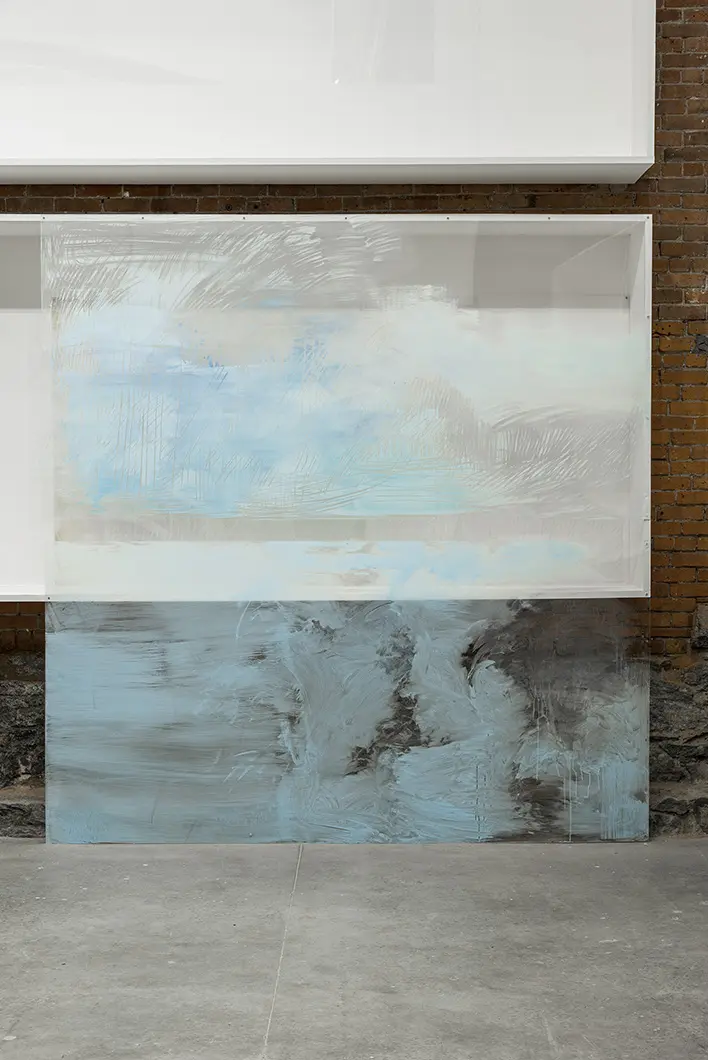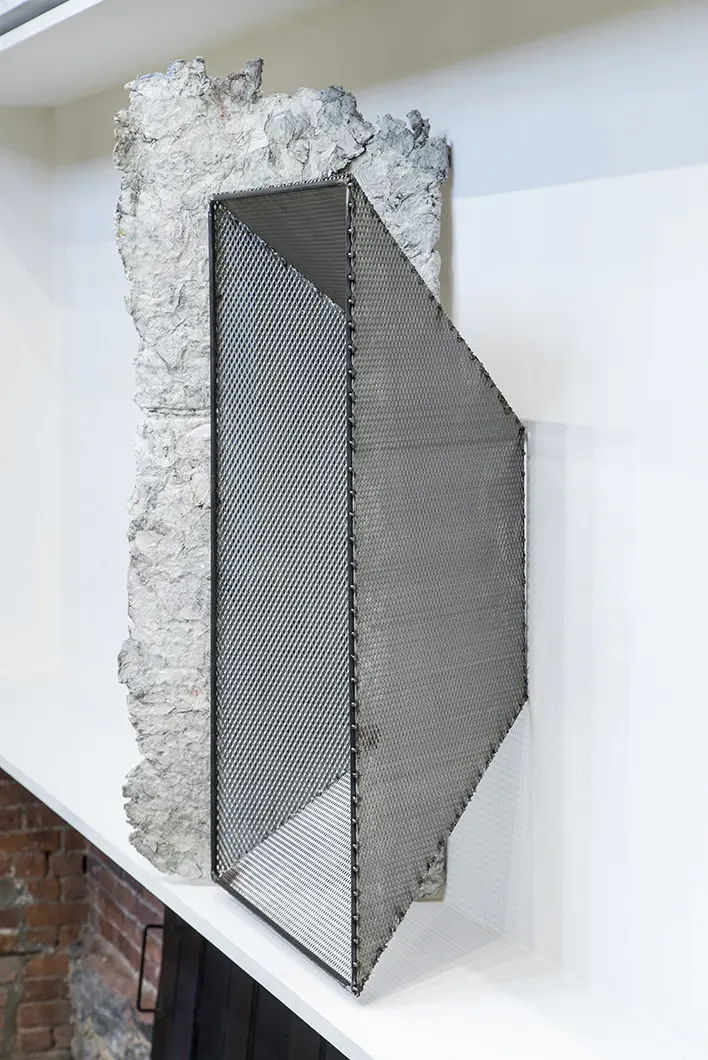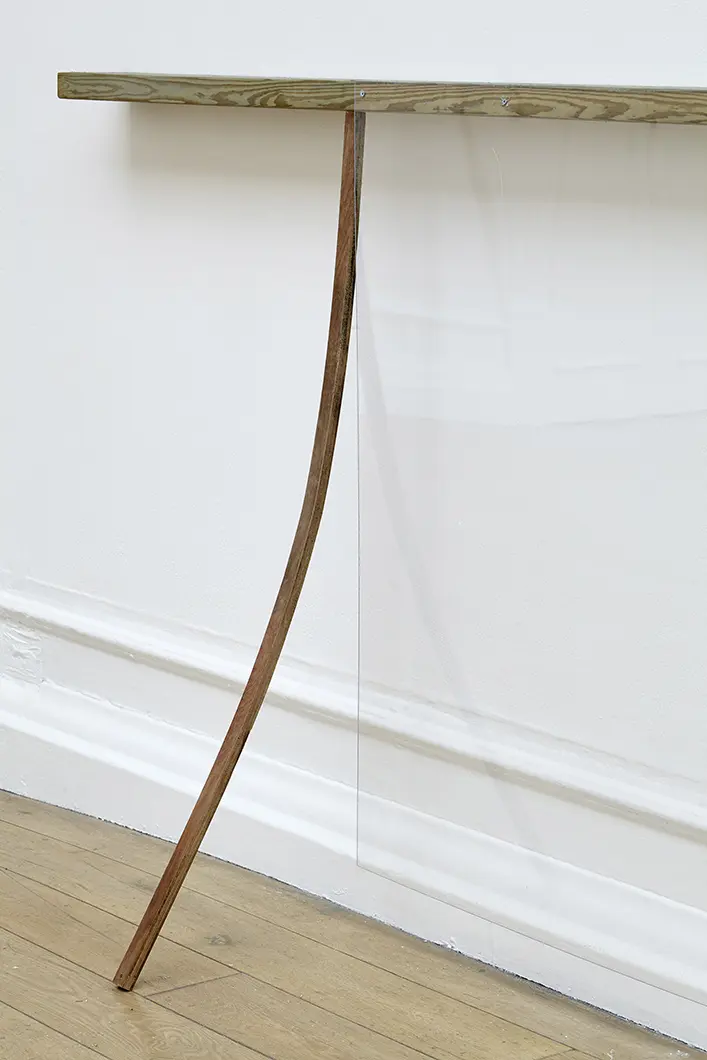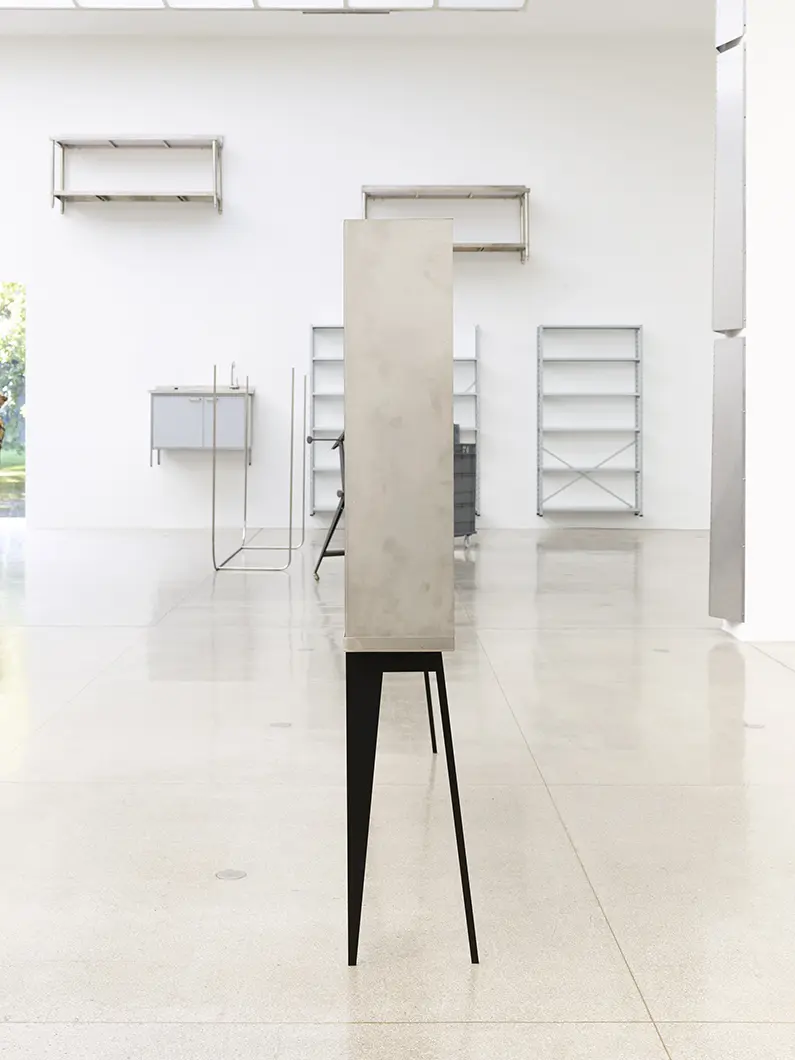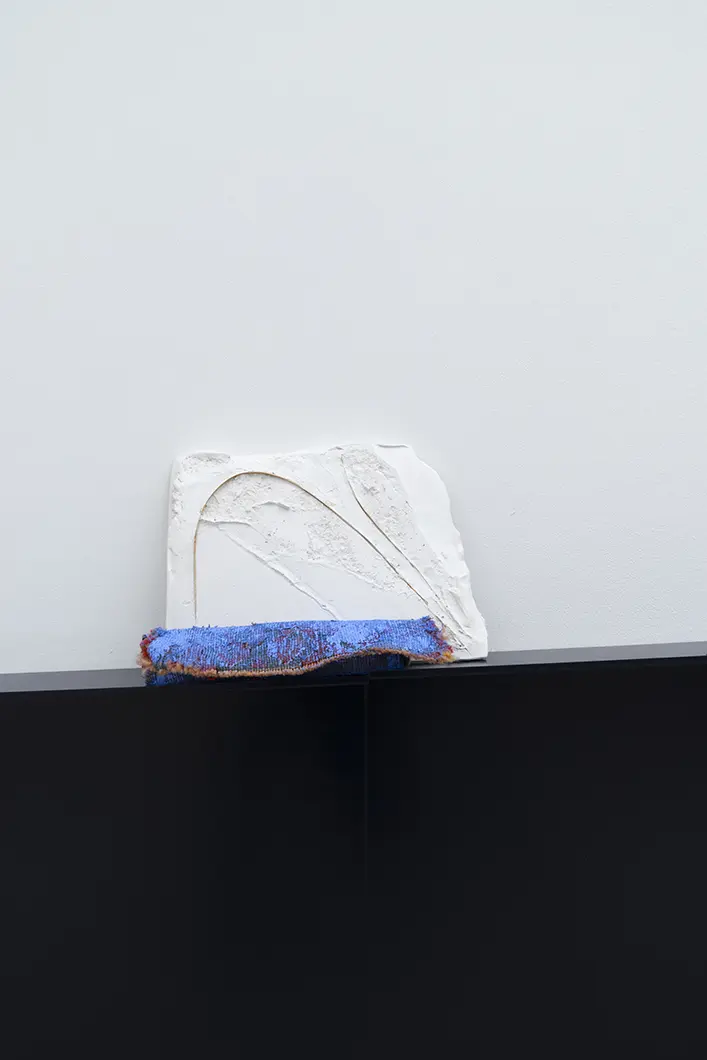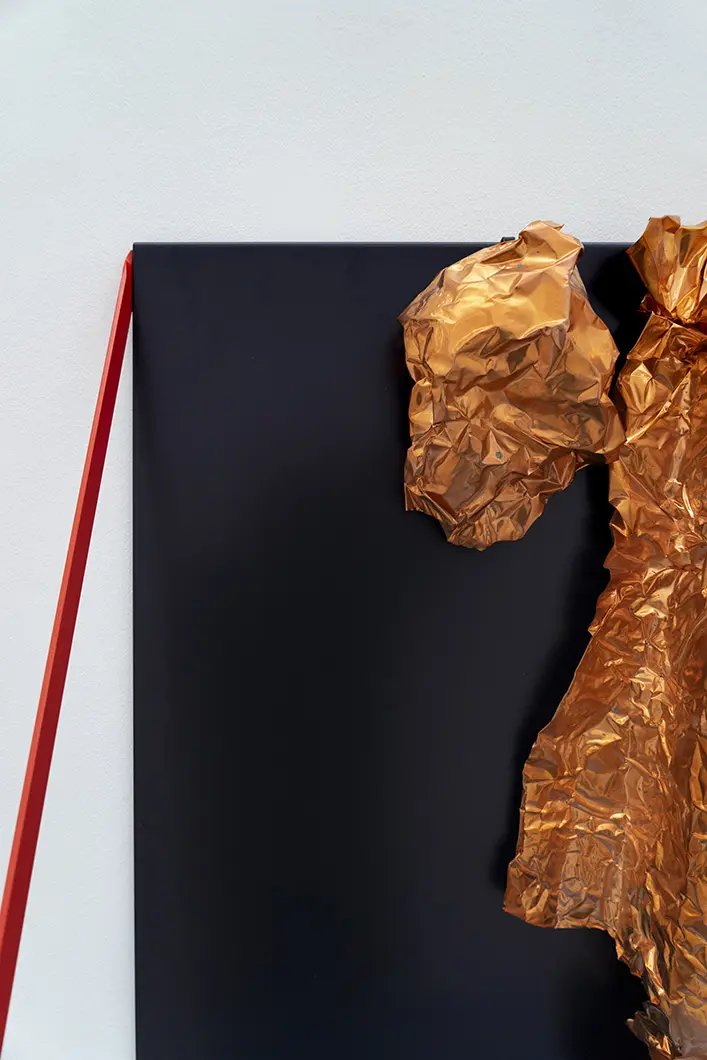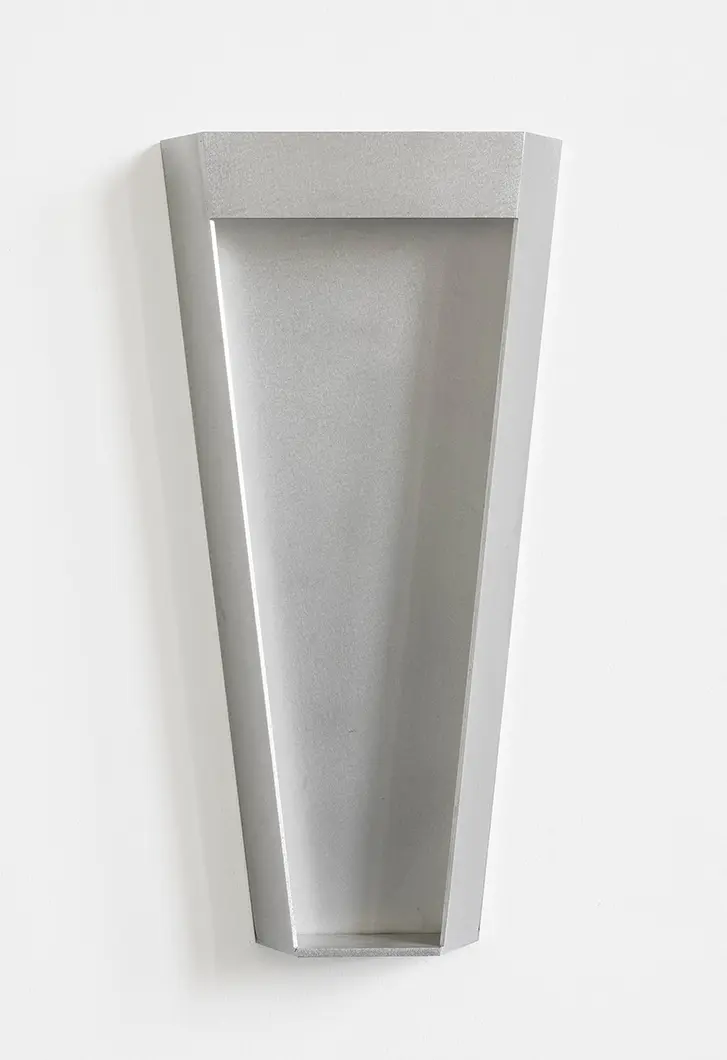From BIG to David Chipperfield, Frank Gehry to Snøhetta: a world tour of the best buildings set to open in 2026
Thea Djordjadze transforms her works in relation to the space
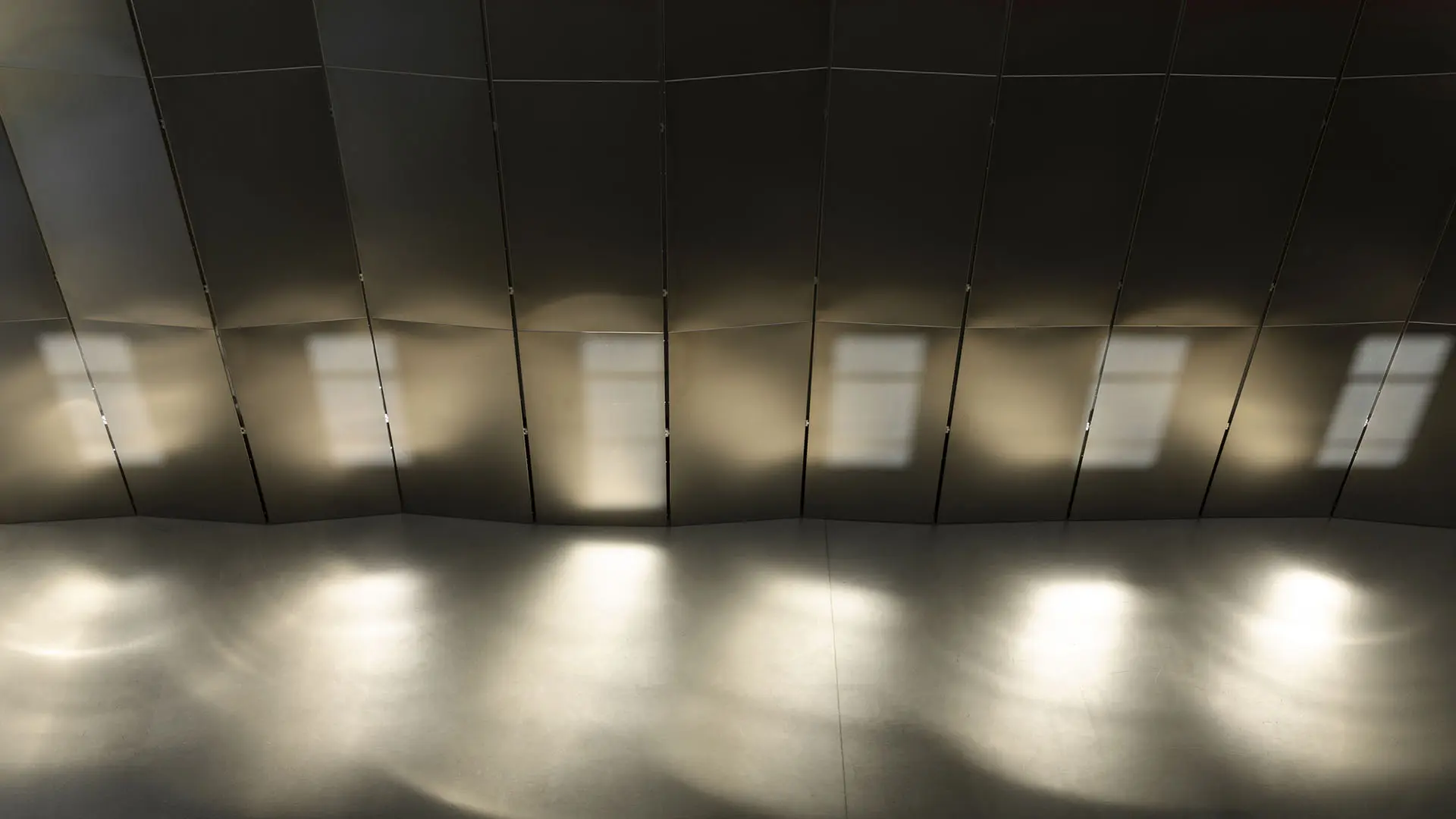
Thea Djordjadze / VG Bild-Kunst, Bonn, Courtesy Portikus, Frankfurt am Main, Ph Diana Pfammatter
The Gropius Bau in Berlin is holding the most extensive institutional exhibition to date of the work of the Berlin-based Georgian artist
The exhibitions of the Berlin-based Georgian artist Thea Djordjadze, born in 1971, are unpredictable right up to the very last minute before they open. This is because they are closely connected with the spaces in which they take shape. Process is what lies at the heart of all Djordjadze’s work. Her modus operandi is a continuous process of reuse, reconfiguration and reorganisation of objects. This also applies to the Gropius Bau in Berlin, which is currently holding the most extensive institutional show of the artist’s work to date. All Building As Making runs until 16th January 2022.

Thea Djordjadze / VG Bild-Kunst, Bonn Courtesy Kunst Museum Winterthur and Sprüth Magers, Ph Reto Kaufmann
Djordjadze’s practice is to combine parts of her previous installations with new elements, creating a dialogue between the present and the past objects as well as between places. The artworks change every time. The objects she uses are architectural elements or objects in everyday use, such as tables, chairs, furniture parts. Classic display elements, such as vitrines, frames and pedestals, recur in her work. The materials she uses are aluminium, steel, Plexiglas, wood, plaster and foam – “poor” industrial materials, with a limited colour spectrum, and not particularly attractive.
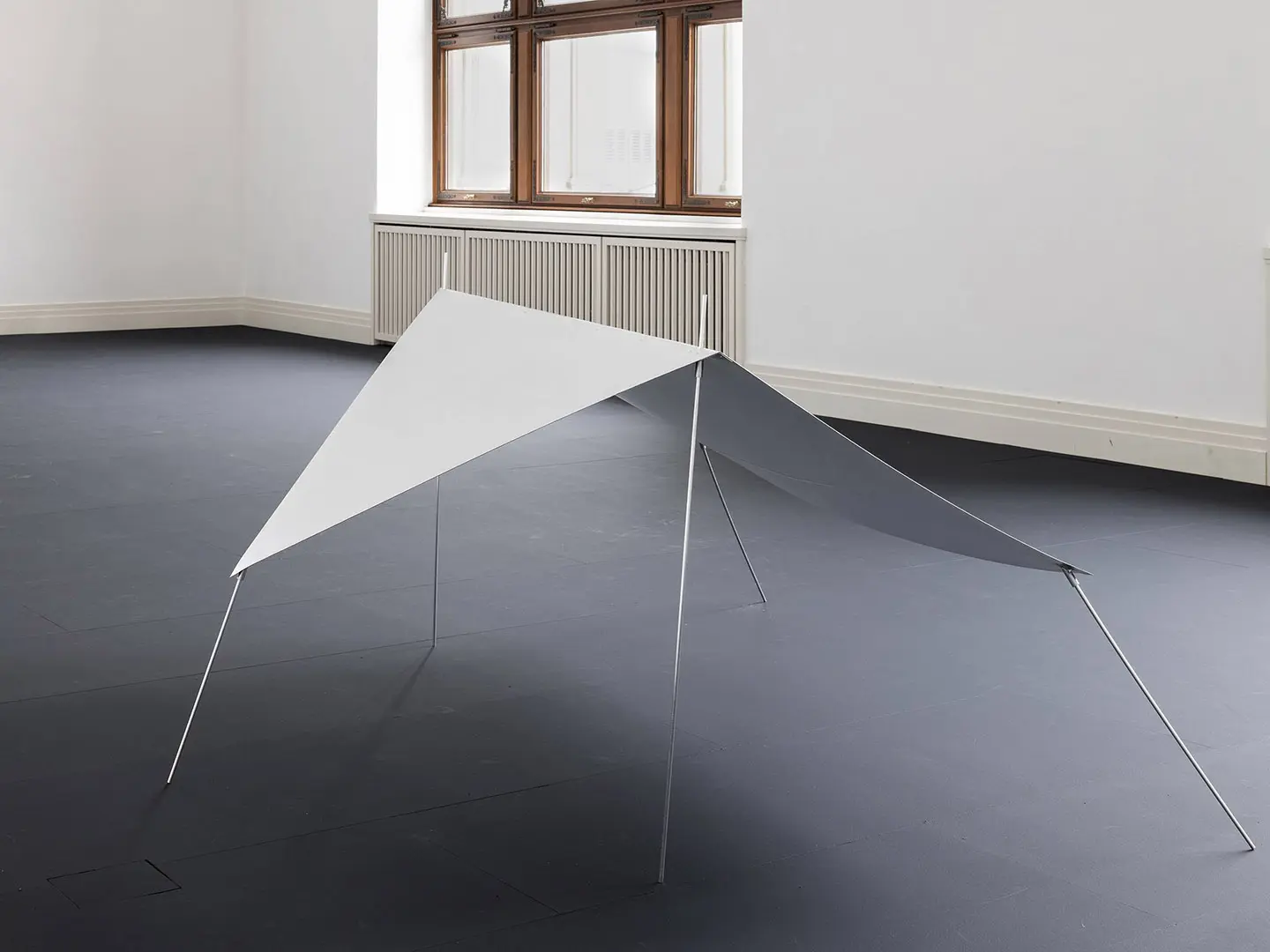
Thea Djordjadze / VG Bild-Kunst, Bonn, 2021, courtesy: Gropius Bau and Sprüth Magers, Ph Timo Ohler
In preparation for her exhibitions, the artist spends long periods of time in the exhibition space observing and carefully studying the surrounding space, its proportions, the plays of light and the colours. She leaves nothing to chance, whilst also seeking out interactions with incidental factors such as the lighting, the time of day, the season, which alter the perception of the surfaces and the space. Thea Djordjaze is not prescriptive about how her work should be read, leaving it open to the imagination and the free interpretation of the observer. The artist doesn’t give interviews, nor does she provide explanatory panels, which might distract the viewer from their experience of the space. What she is interested in is allowing the work to speak for itself. There is no single message, rather a suggestion, an invitation to observe and move around the space. It is movement, rather than form, that interests the Djordjaze, and to this end she spends entire days in preparation for an exhibition moving around the space, examining every corner and every angle, not just in relation to the interior, but also the exterior. At the Gropius Bau, for example, she covered the windowpanes with layers of very dilute paint in order to create a membrane setting up a dialogue between interior and exterior.

Thea Djordjadze / VG Bild-Kunst, Bonn, 2021, courtesy: Gropius Bau and Sprüth Magers, Ph Timo Ohler
Djordjadze’s practice of deconstructing and remaking her sculptures and installations is also a criticism of the traditional concept of art as a finished work. A work of art is simply material to be reconfigured within a space. By transforming the work each time in relation to the exhibition space in which it is being shown, the space itself becomes an integral part of the work, which itself is only of temporary duration. Everything is yet to happen, as in life and in reality. The way she conceives the exhibition space and, in particular, her references to classic display elements used in exhibitions to show off works of art are a criticism of the ‘white cube’ concept and the traditional art institution setting. For her 2016 exhibition at the Secession in Vienna, for example, the artist moved her entire studio to Vienna, depriving herself of it and turning it into a public sculpture. In the Gropius Bau exhibition, however, the museum has been turned into a sort of extension of her studio in Berlin, in which she continues her creative process
Thea Djordjadze challenges the very concept of ‘work of art’ and invites the observer to look more carefully, to look around them at the space, notice the elements that make it up, be they objects or rays of light.


 Salone Selection
Salone Selection
